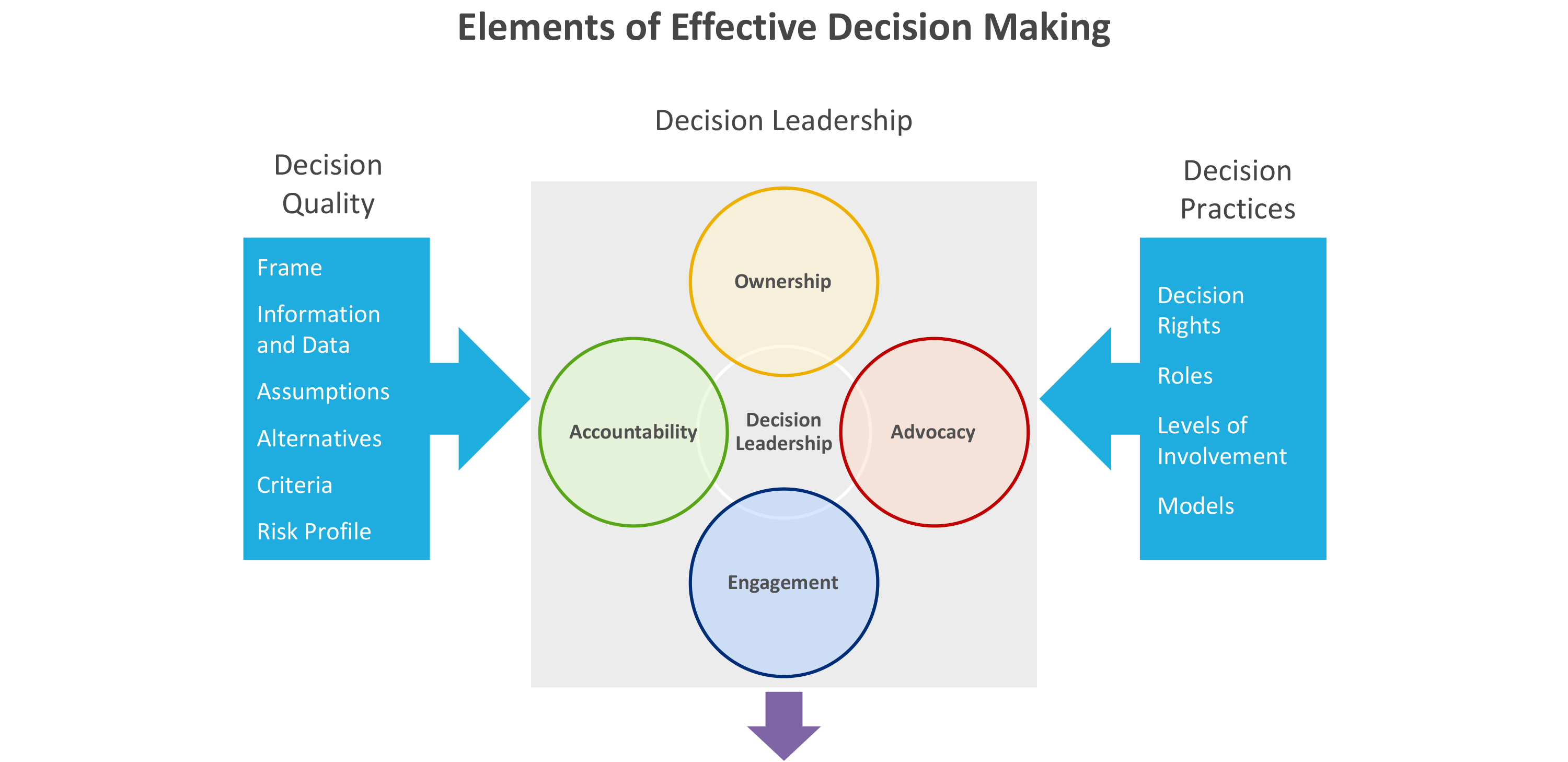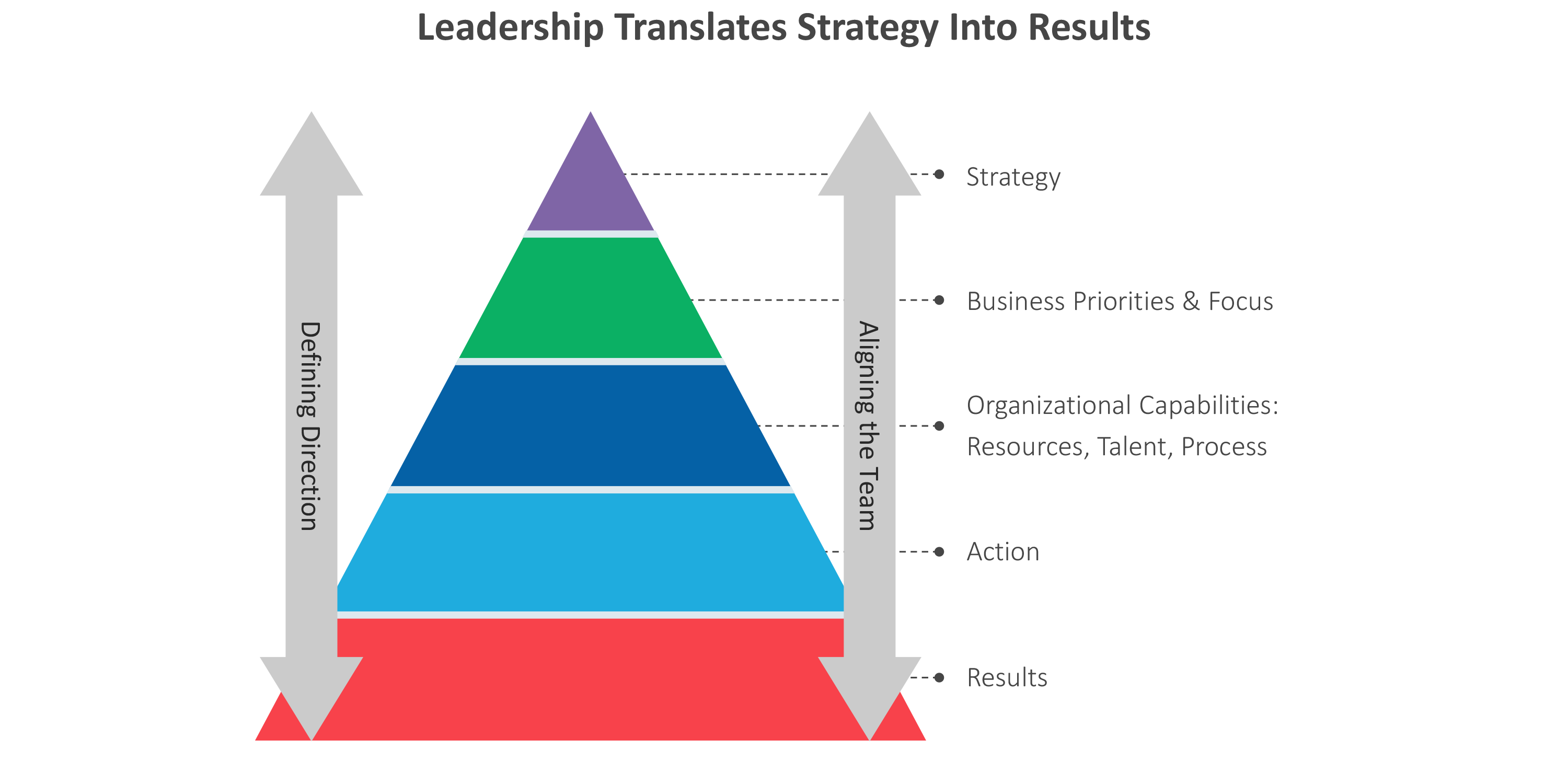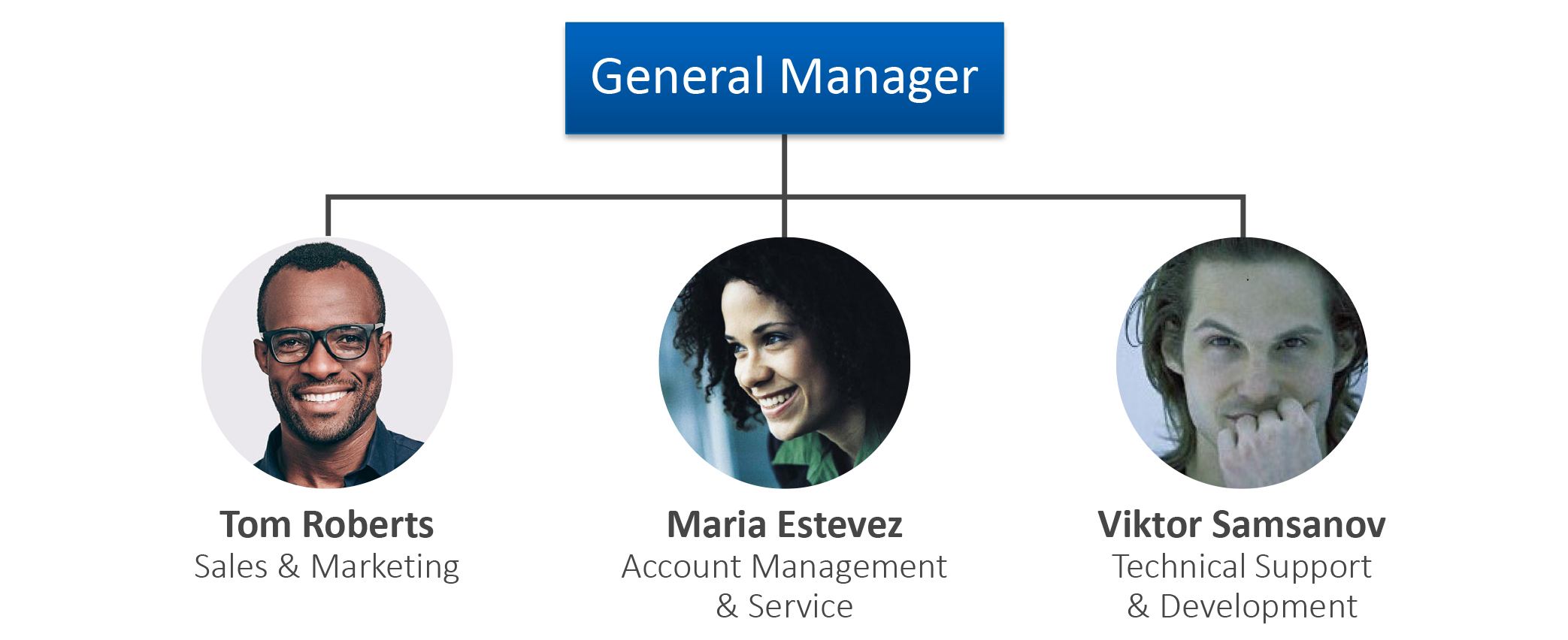Decision-Making and Risk:
Leading in Complex Environments to Execute Strategy
Abstract
Senior managers in a leading technology company learn to better understand risk and to own decisions in order to keep pace in a fast-moving environment. This program, supported by the CEO and executive leadership, is a capstone to a cohort experience and integrates strategy execution and leadership to drive business results and help shift culture through mindset.
Challenge
Technology companies with iconic founders can experience cultural challenges as the company grows and matures over time. It is a big shift to transition from a singular “visionary leader” style, which involves single-point decision-making, to distributed leadership. It requires that leaders across the business develop the skill set and mindset to translate strategy, assess risk, make decisions, and ensure execution at marketplace speed.
Solution
In the fast-paced Decision-Making and Risk program, participants step into the role of leading a technology company over three financial quarters. Teams of four to six leaders take on the collective role of General Manager, making a full range of strategic, financial, and operating decisions to meet aggressive growth targets in a competitive environment. In order to succeed, they apply new decision-making tools and integrate tools and models previously learned. Role-play interactions bring cultural issues into the mix; the outcome of these discussions affects business results. After each round, a thorough debrief connects the exercise back to the company strategy and their leadership challenges. Senior executives open and close the program with challenging discussions.
Learning Objectives
Participants develop and improve skills to:
- Integrate and apply new skills for: strategy translation and execution; decision-making and risk; strategic communication; and the connection of leadership to business results.
- Reinforce, integrate, and apply the skills, behaviors, and insights from the program to date (the Leadership Circle, Leadership Presence, the Corporate Athlete).
- Work in teams to assess complex business challenges, make decisions, execute strategy, and achieve results in a dynamic and competitive environment.
- Incorporate feedback from their coaching relationships and receive further feedback in action from their simulation teams.
Design Highlights
Program Agenda
The Decision-Making and Risk program was delivered as an intensive two-day program with the integration of executive speakers (CEO, CFO, CHRO). It can also be delivered in a virtual format over four half-days, with or without executive involvement.
| Day One |
|
| Day Two |
|
In addition to integrating content from previous elements of the program, it introduces new content focused on decision-making, understanding risk, crafting strategic communication, and connecting leadership decisions to business results.


Participants engage in role-play conversations in the simulated business ecosystem as unexpected marketplace events create risk and decision-making challenges. They then give and receive detailed feedback on their role in the simulation experience.
Simulation Overview
Team members collectively assume the role of General Manager of an information technology business. They make decisions — using full financial and operating data — to set direction, execute strategy, and lead employees across three functions for three financial quarters.
History and Results
The program ran once per year for four years with a high-potential audience of senior managers. The audience totaled approximately 120. It was chartered by the CEO as a lever to shift the culture to better risk-taking and decision-making, and it was tailored to the client environment with executive leader input. It was the highest-rated workshop of the overall program.











